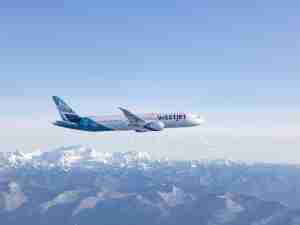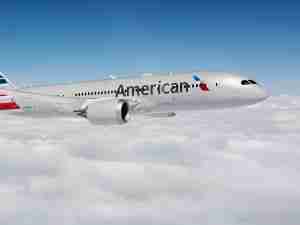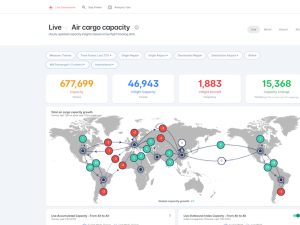Port Authority Chairman Anthony R. Coscia and Executive Director Chris Ward released the following letter to the Federal Aviation Administration: July 15, 2008
Acting Administrator Robert A. Sturgell
Federal Aviation Administration 800 Independence Avenue, SW Washington, DC 20591
Dear Acting Administrator Sturgell:
More than a year ago, The Port Authority of New York and New Jersey called on the Federal Aviation Administration to begin replacing the decades-old national air traffic control system with 21st century satellite-based systems and other technologies known as Next-Gen, and to implement Next-Gen first at the Port Authority's three major airports in the New York metropolitan region.
Last week alone, there were several accounts of airspace incidents in the New York metropolitan region. In response, the FAA ordered changes in the sequencing of takeoffs and landings at John F. Kennedy International Airport.
The Port Authority was not notified by the FAA of the incidents nor was the agency notified by the FAA of the changes in its procedures.
In addition, recent data makes clear that despite the FAA's implementation of restrictive caps, set at levels lower than the airports handled 30 years ago, flight delays have not improved.
In light of these developments, we again call on the FAA to commit finally to bringing Next-Gen technologies to air passengers in New York and New Jersey, the largest origin-and-destination market in the world.
We also call on the FAA to develop a notification system with local airport operators in the event significant incidents occur or the FAA alters its procedures impacting airport operations. It is simply unacceptable for the FAA to keep the local airport operator in the dark when the safety of our passengers and the efficiency of our airports are at stake.
Next-Gen technologies provide for more precise surveillance of aircraft in the air and on the ground, resulting in major advancements in aviation safety. In addition to the safety benefits, Next-Gen would have a substantial impact on reducing delays at our airports by expanding airspace capacity and improving operational efficiency.
Last year, the Port Authority brought together, for the first time, all the major stakeholders in the aviation industry and produced more than 100 comprehensive recommendations to increase safety, reduce flight delays, and improve customer service.
The recommendations included fast-tracking Next-Gen technology and implementing the system at New York-area airports first; implementing area navigation, or RNAV, an advanced technique of precise point-to-point navigation to safely increase aircraft throughput; and development of new procedures and technology to use multiple runways simultaneously and safely.
As we noted last week when our task force reconvened, only 11 of the 77 technical recommendations made by the group have been implemented thus far. The FAA must begin implementing the remaining recommendations as quickly as possible to ensure passenger safety and reduce delays at our airports.
Moreover, we remain opposed to the FAA's efforts to limit capacity by implementing an auction system for airlines to bid on slots. An auction system is not expected to reduce flight delays and will serve only as an additional tax on metropolitan-area passengers, increasing tickets prices by an estimated 12 percent. Additionally, 25 small- and medium-sized aviation markets will lose service to and from New York-area airports as auctions will heavily favor aircraft operating only between large markets.
You have an opportunity to reverse the misguided direction of the past and finally invest in the creation of a state-of-the-art air traffic control system that will safely and more reliably handle the more than 100 million annual passengers using New York metropolitan-area airports. The incidents of the past week should instill in the FAA a new sense of urgency to










